The ‘Parable of the Cave’ is presented by the Greek philosopher Plato in his work The Republic (514a-520a) to compare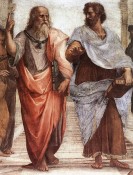 “..the effect of education and the lack of it on our nature.” It is written as a dialogue between Plato’s brother Glaucon and his mentor Socrates, narrated by the latter. The Allegory of the Cave is presented after the metaphor of the sun (508b-509c) and the analogy of the divided line (509c-513e). All three are characterized in relation to dialectic at the end of Book VII and VIII (531d-534e).
“..the effect of education and the lack of it on our nature.” It is written as a dialogue between Plato’s brother Glaucon and his mentor Socrates, narrated by the latter. The Allegory of the Cave is presented after the metaphor of the sun (508b-509c) and the analogy of the divided line (509c-513e). All three are characterized in relation to dialectic at the end of Book VII and VIII (531d-534e).
Plato has Socrates describe a group of people who have lived chained to the wall of a cave all their lives, facing a blank wall. The people watch shadows projected on the wall by things passing in front of a fire behind them, and begin to ascribe forms to these shadows. According to Plato’s Socrates, the shadows are as close as the prisoners get to viewing reality. He then explains how the philosopher is like a prisoner who is freed from the cave and comes to understand that the shadows on the wall do not make up reality at all, as he can perceive the true form of reality rather than the mere shadows seen by the prisoners.
The Allegory may be related to Plato’s Theory of Forms, according to which the “Forms” (or Ideas”), and not the material world of change known to us through sensation, possess the highest and most fundamental kind of reality. Only knowledge of the Forms constitutes real knowledge. In addition the Allegory of the Cave is an attempt to explain the philosopher’s place in society: to attempt to enlighten the “prisoners.”
Plato’s Cave (An Animated Version) – Very Good
The Cave: An Adaptation of Plato’s Allegory in Clay
INSIDE THE CAVE
In Plato’s fictional dialogue, Socrates begins by describing a scenario in which what people take to be real would in fact be an illusion. He asks Glaucon to imagine a cave inhabited by prisoners who have been chained and held immoble since childhood: not only are their legs (but not arms) held in place, but their necks are also fixed, so they are compelled to gaze at a wall in front of them. Behind the prisoners is an enormous fire, and between the fire and the prisoners ia a raised walkway, along which people walk carrying things on their heads ” including figures of men and animals made of wood, stone and other materials”. The prisoners cannot see the raised walkway or the people walking, but they watch the shadows cast by the men, not knowing they are shadows. There are also echoes off the wall from the noise produced from the walkway.
Socrates suggests the prisoners would take the shadows to be real things and the echoes to be real sounds created by the shadows, not just reflections of reality, since they are all they had ever seen or heard. They would praise as clever, whoever could best guess which shadow would come next, as someone who understood the nature of the world, and the whole of their society would depend on the shadows on the wall.
RELEASE FROM THE CAVE
Socrates then supposes that a prisoner is freed and permitted to stand up. If someone were to show him the things that had cast the shadows, he would not recognize them for what they were and could not name them; he would believe the shadows on the wall to be more real than what he sees.
” Suppose further,” Socrates says, ” that the man was compelled to look at the fire: wouldn’t he be struck blind and try to turn his gaze back toward the shadows, as toward what he can see clearly and hold to be real? What if someone forcibly dragged such a man upward, out of the cave: wouldn’t the man be angry at the one doing this to him? And if dragged all the way out into the sunlight, wouldn’t he be distressed and unable to see ‘ even one of the things now said to be true” because he was blinded by the light?”
After some time on the surface, however, the freed prisoner would acclimate. He would see more and more things around him, until he could look upon the Sun. He would understand that the Sun is the ” source of the seasons and the years, and is the steward of all things in the visible place, and is in a certain way the cause of all those things he and his companions had been seeing” (516-c). ( See also Plato’s metaphor of the Sun, which occurs near the end of The Republic, Book VI.)
RETURN TO THE CAVE
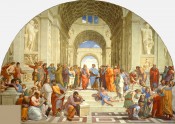 Socrates next asks Glaucon to consider the condition of this man. ” Wouldn’t he remember his first home, what passed for wisdom there, and his fellow prisoners, and consider himself happy and them pitiable? And wouldn’t he disdain whatever honors, praises, and prizes were awarded there to the ones who guessed best which shadows followed which? Moreover, were he to return there, wouldn’t he be rather bad at their game, no longer being accustomed to the darkness? Wouldn’t it be said of him that he went up and came back with his eyes corrupted, and that it’s not worth trying to go up? And if they were somehow able to get their hands on and kill the man who attempts to release and lead them up, wouldn’t they kill him? (517a) The prisoners, ignorant of the world behind them, would see the freed man with his corrupted eyes and be afraid of anything but what they already know.
Socrates next asks Glaucon to consider the condition of this man. ” Wouldn’t he remember his first home, what passed for wisdom there, and his fellow prisoners, and consider himself happy and them pitiable? And wouldn’t he disdain whatever honors, praises, and prizes were awarded there to the ones who guessed best which shadows followed which? Moreover, were he to return there, wouldn’t he be rather bad at their game, no longer being accustomed to the darkness? Wouldn’t it be said of him that he went up and came back with his eyes corrupted, and that it’s not worth trying to go up? And if they were somehow able to get their hands on and kill the man who attempts to release and lead them up, wouldn’t they kill him? (517a) The prisoners, ignorant of the world behind them, would see the freed man with his corrupted eyes and be afraid of anything but what they already know.
Philosophers analyzing the allegory argue that the prisoners would ironically find the freed man stupid due to the current state of his eyes and temporarily not being able to see the shadows which are the world to the prisoners.
Tom’s Comments: In my opinion, this Allegory is a fantastic way to explain the position most people living on the earth are experiencing their illusionary lives. The metaphor of a freed prisoner of his past and thus beginning to see the real makeup of the Infinite Intelligence or experience enlightenment by becoming aware of the interdimensional cosmos through the study of the Unariun (Infinite) principles seems clear and logical!
Submitted by: Tom Miller on 08/20/2013
Add your Thoughts, Insights, or Comments below.
Tagged with: Philosophy • Science of Life • Voice of Hermes




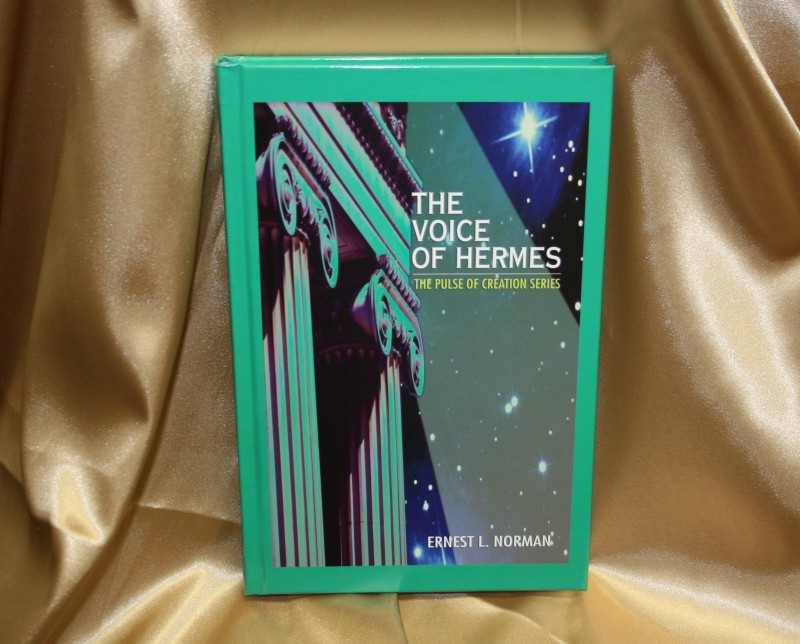

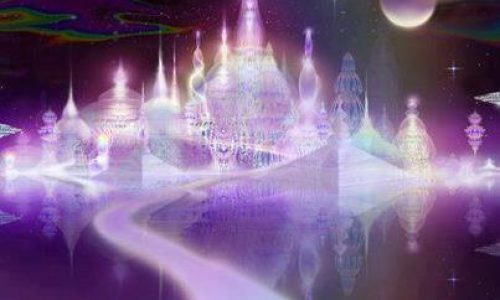

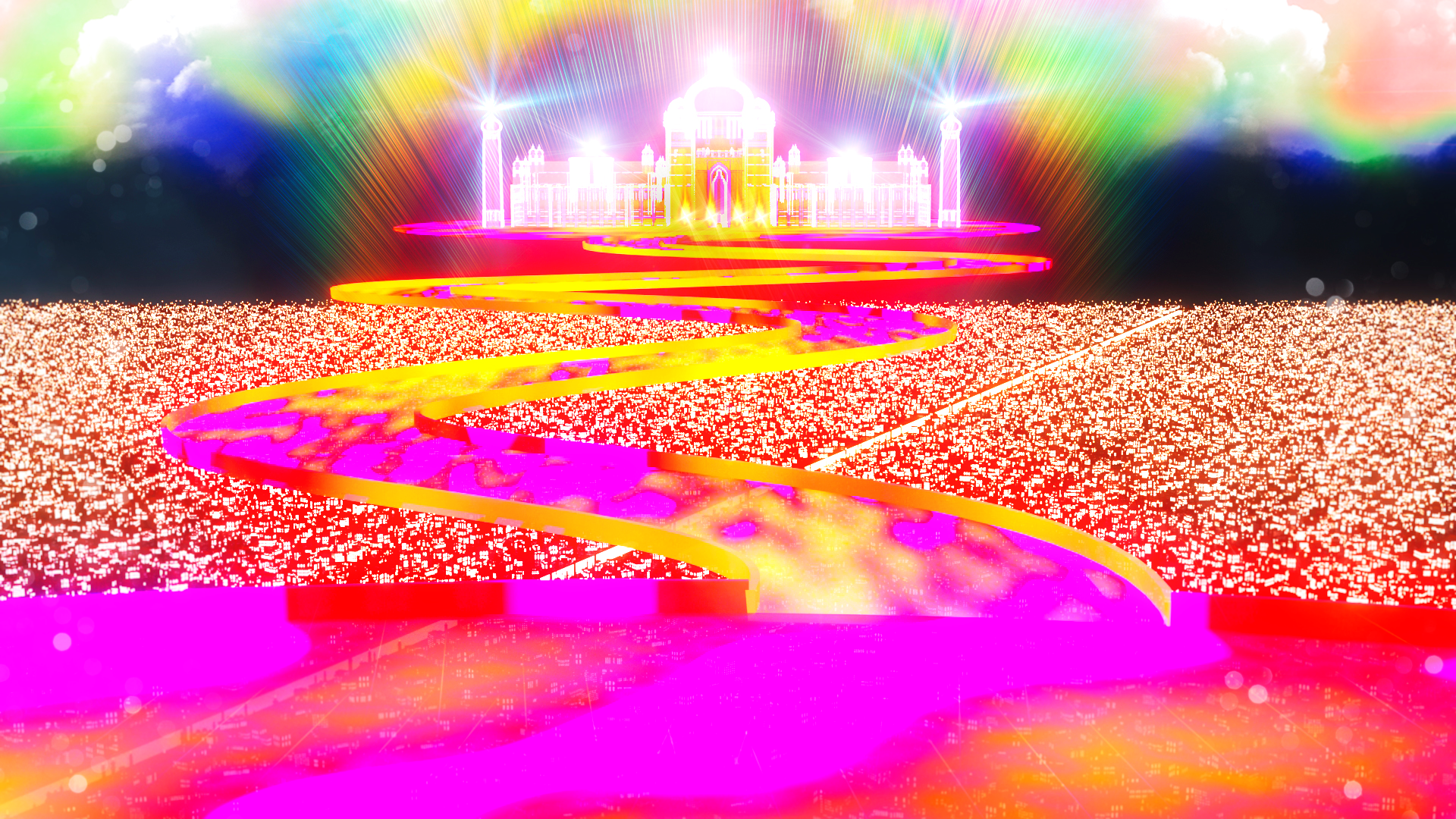
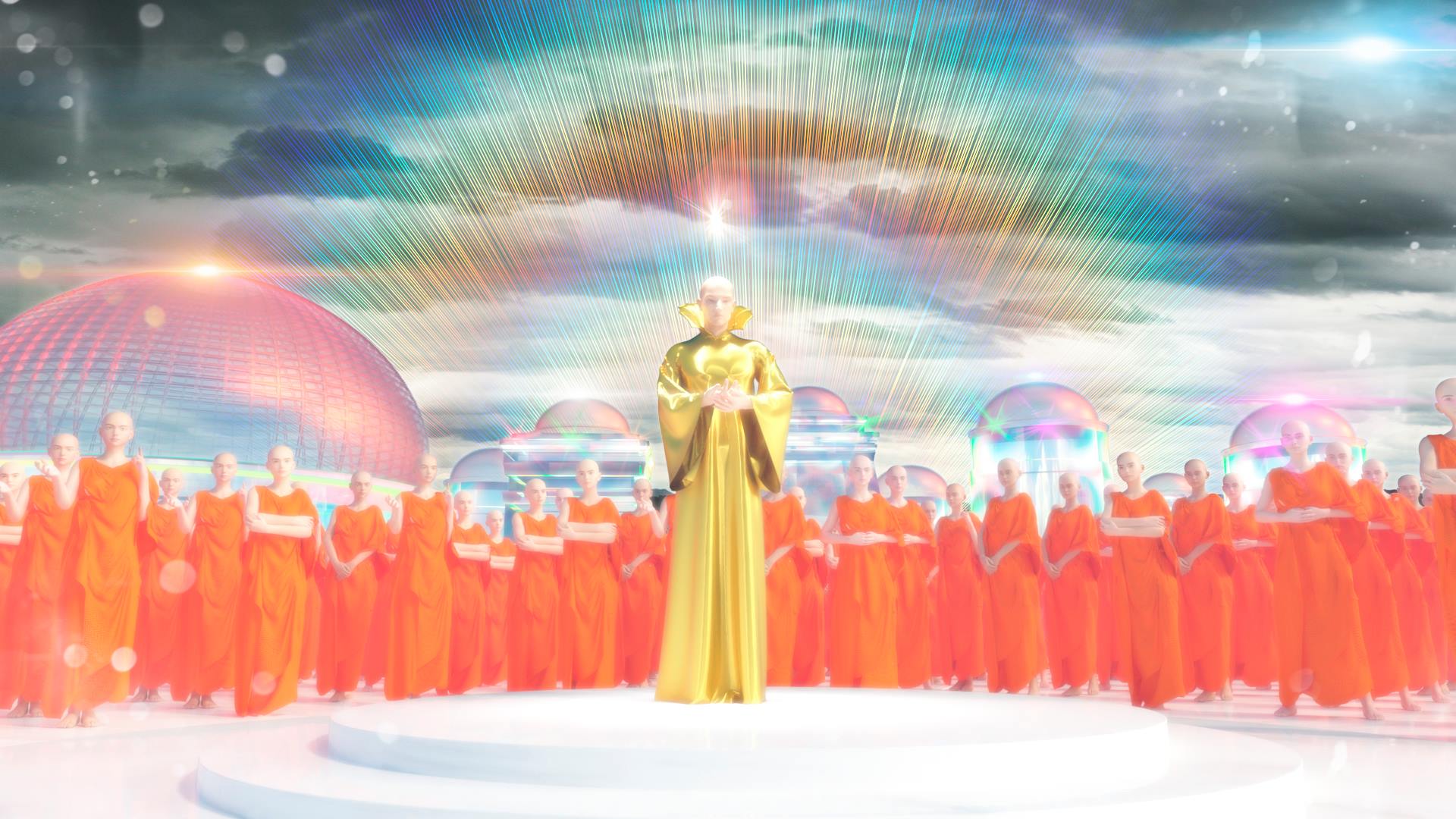

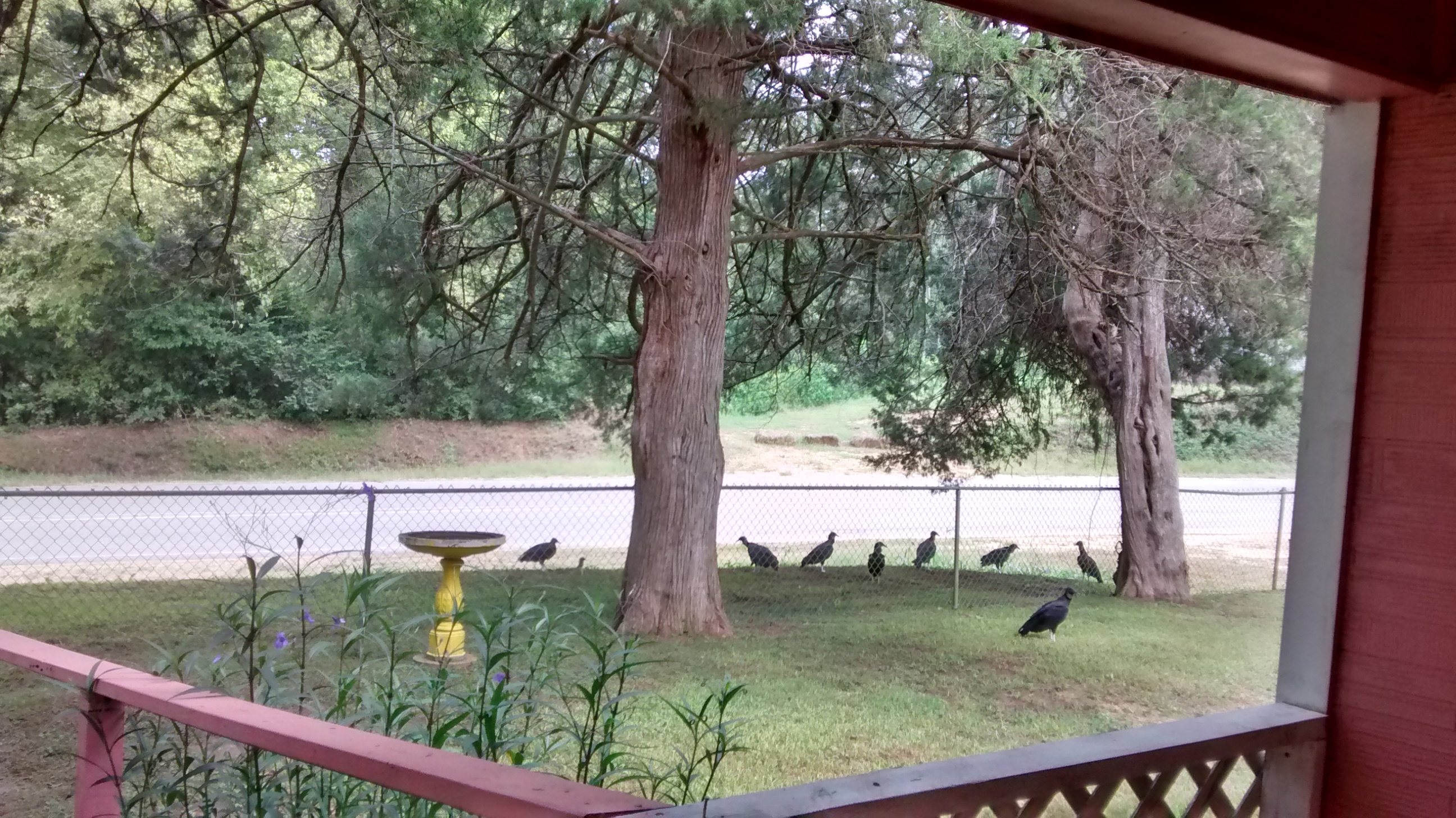






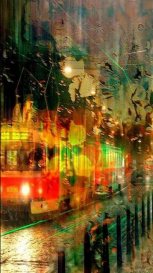

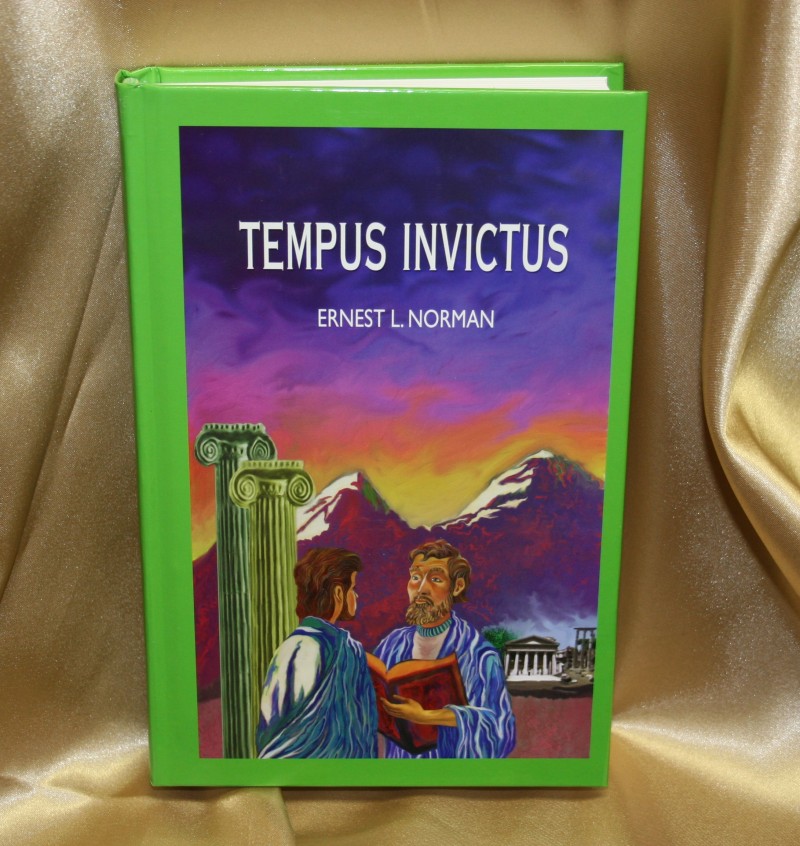

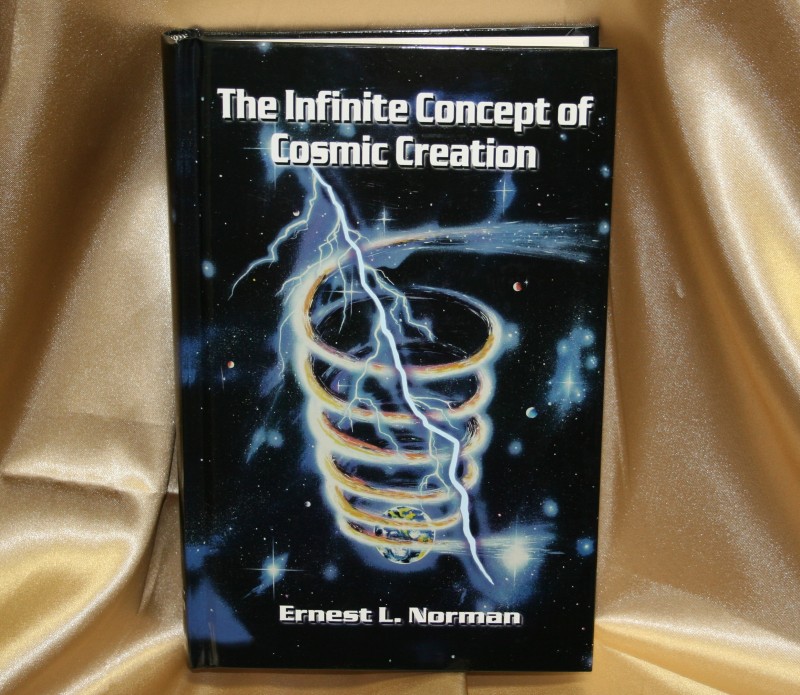

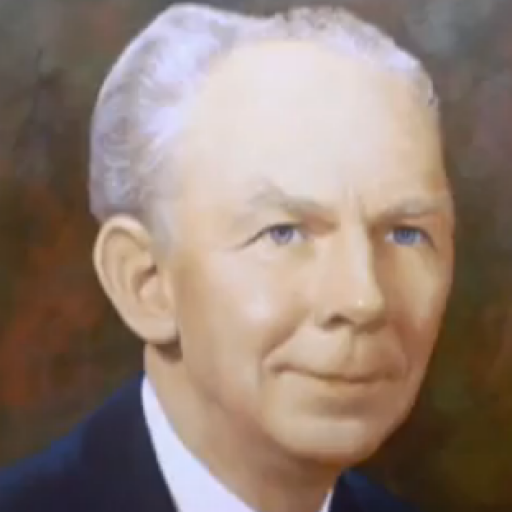

What a great lesson to be learned. Spot on.
The phenomena that you describe Tom, is something I face almost daily in my life and I have had to learn to deal with it, to be very clever in my interaction in trying to explain my new understanding or just to live my life. And despite my attempts at communication most people in my world view me as a little odd to say the least, although they are not hostile to me. I suppose if I pushed my views harder I might meet hostility!
Dear Tom,
Your comments about the Allegory being a way to explain how most people are leading illusionary lives until they discover the Unariun principles is clear.
Another take on this might be that Socrates’ dialogue to Glaucon could be expressing the difficulties that an Advanced Being, like an Archangel, might experience when incarnating into an earth world. He sees their pitiable condition. He would disdain honors and praises. He would be bad at their game because of his advanced position. He would be called corrupted and not be followed. If He tried to lead them up, they might try to kill Him. The people, ignorant of anything above, would call Him stupid and be afraid of anything but what they already know.
Sound familiar??….coming from Socrates it seems almost prophetic…..Ken
Yes Ken, good analysis! Actually, Plato wrote the allegory, but usually used his teacher as the wise one in his writings. I also saw the story as you explained and saw the Moderator in such a light all these years! His sacrifice to come back again to help us is natural to one such as He!